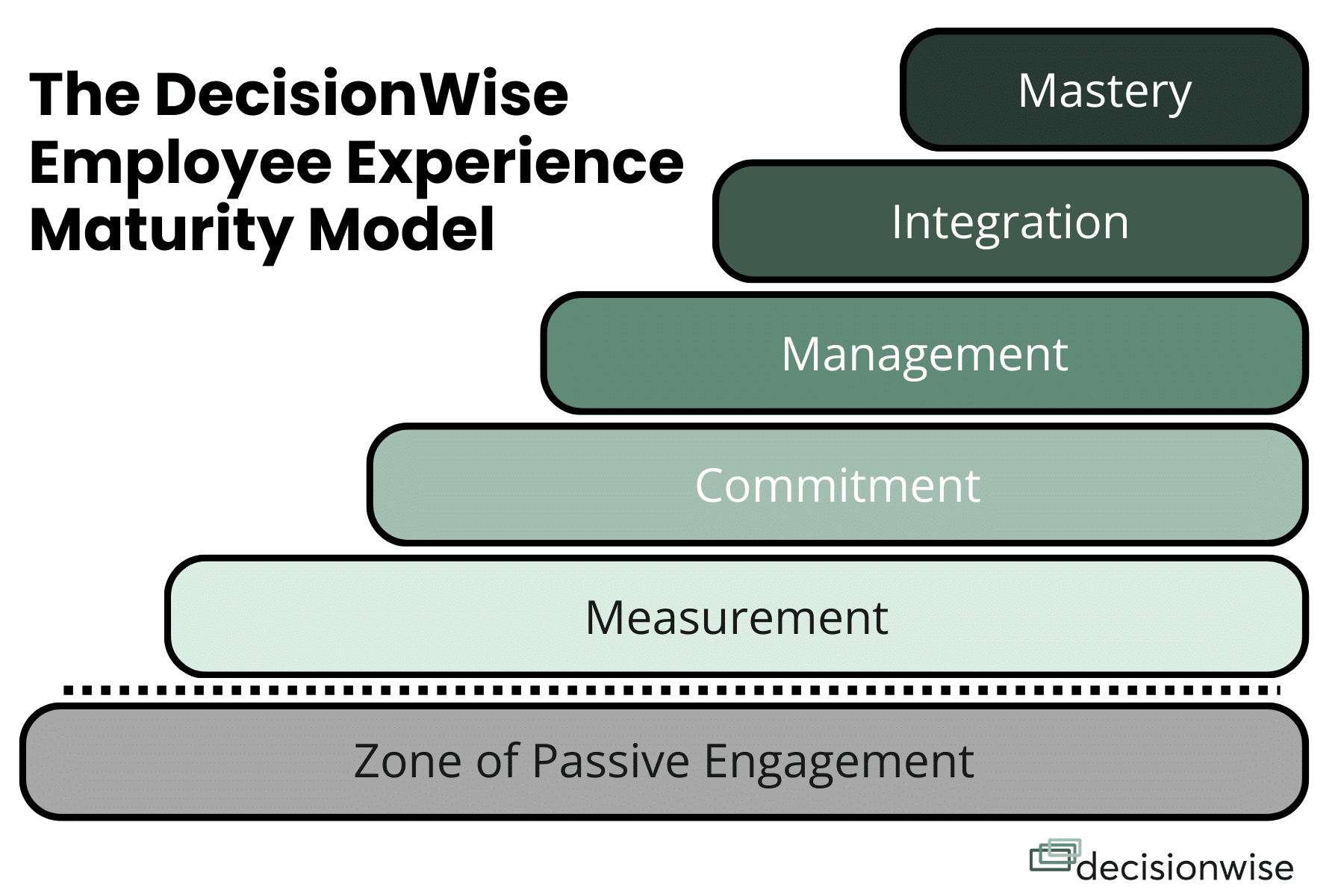The topic of employee engagement has gained increasing attention in recent years. Google trends indicate a significant rise in worldwide search popularity for employee engagement (blue line) since 2009, while interest in employee satisfaction (red line) and motivation (yellow line) has declined. This trend reflects a growing global recognition of the significance of employee engagement compared to other factors.
In this article, we delve into the relationship between employee engagement and organizational performance, exploring whether companies with highly engaged employees outperform those with a less-engaged workforce. We examine the financial implications, operational efficiency, and the tangible benefits that result from fostering a culture of engagement within an organization.
Employee engagement drives individual performance in an organization, but do companies with more engaged employees outperform those with a less-engaged workforce? Can the company show a stronger financial performance and operational efficiency with engaged employees? If not, then employee engagement is just another time-wasting hoax for executives to deal with until the HR department comes up with a bigger-and-better distraction to throw their way.
EX = CX Relates to the ROI of Employee Engagement
Engagement requires that we bring both our emotions and our actions to the table—our hearts, spirits, minds, and hands. These represent a love for our work (the “heart,” similar to the teacher who believes she is making a difference to kids), as well as a burning passion for our work (“spirits,” much like the team spirit felt watching a winning team take the championship). But, simply feeling doesn’t get us very far when it comes to results. Engagement involves action. That’s where the minds and hands come in. Employees, whose minds are focused on their work, create innovative new products, identify and resolve quality issues, and ask themselves, “how could we switch this process to make it easier for the customer?” Then, the hands take over. This involves getting to work.
Download: Sample Employee Engagement Survey
Scholars, consultants, non-profits, and companies have been researching the ROI of employee engagement for quite some time. The correlative data revealed in their research initiatives is significant. Here are some findings:
Earnings Per Share & Turnover
- Companies with highly engaged employees have earnings-per-share levels 2.6 x higher than companies with low engagement scores.*
- Organizations in the bottom quartile of engagement scores experience 41% higher turnover.*
Net Income and Shareholder Return
- Companies with highly engaged employees experience 2x higher net income than companies with poor engagement scores
- Organizations with highly engaged employees experience a 7x-greater 5-year total annual shareholder return than organizations with less-engaged employees.**
Operating Income
In research prepared for the UK government (Engaging for Success: enhancing performance through employee engagement), David MacLeod and Nita Clarke found the following correlations to employee engagement:
- Companies with low engagement scores earn an operating income 32.7 percent lower than companies with more engaged employees.
- Similarly, companies with a highly engaged workforce experience a 19.2 percent growth in operating income over a 12-month period.
Profitability & Attrition
The Corporate Leadership Council studied the engagement level of 50,000 employees around the world to determine its direct impact on both employee performance and retention. Here are two important findings:
- Engaged companies grow profits as much as 3X faster than their competitors.
- Highly engaged employees are 87 percent less likely to leave the organization.
Customer Loyalty, Productivity, and Turnover
Any business owner can tell you that optimizing productivity levels is an uphill battle, and customer loyalty is what companies depend on to make payroll. (If only employees would understand that— right?) In an article published by Jonathan Pont, the most-engaged workplaces experienced the following performance metrics:
- 2X higher customer loyalty
- 2X higher productivity
- 2X lower turnover
Cost of Disengagement
As if the business metrics that correlate to high levels of employee engagement aren’t convincing enough, let’s take a look at how much disengaged employees can cost a company. McLean & Company found some very compelling correlations:
- A disengaged employee costs an organization approximately $3,400 for every $10,000 in annual salary.
- Disengaged employees cost the American economy up to $350 billion per year due to lost productivity.
If companies want to bolster productivity and profitability, increase customer loyalty and operating income, and slash attrition and disengagement losses, they have to engage employees.
Download a sample Employee Engagement Survey to see how we measure the factors that drive engagement and employee satisfaction. As an expert survey provider, we customize each employee survey to collect relevant and actionable feedback from your employees. We use specific engagement questions to measure your employees’ level of engagement along with actionable questions that measure employee satisfaction.
Download: The ROI of Employee Engagement




